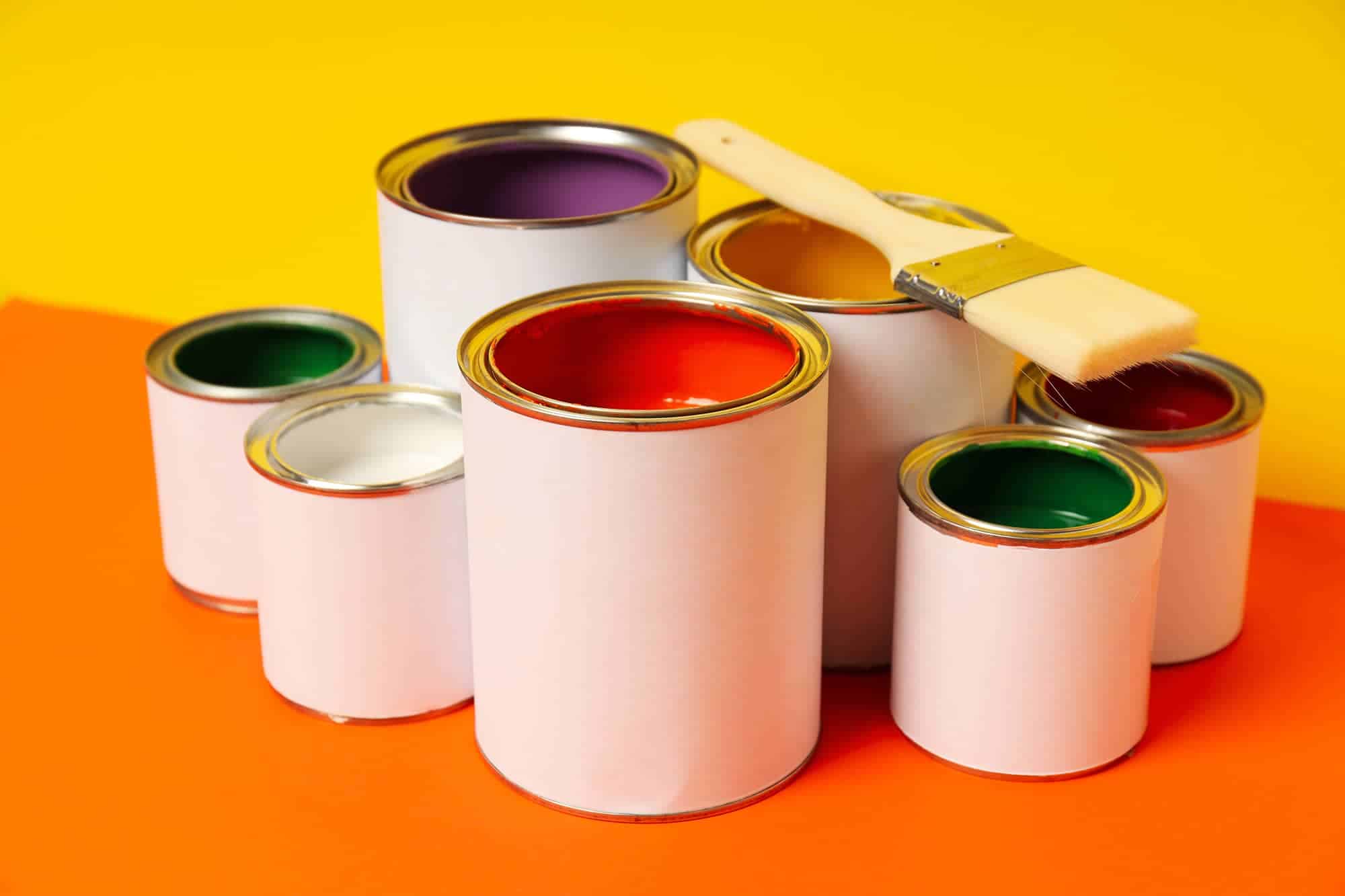Nothing customizes and refreshes a space quite like a new coat of paint. In this overview, we look at paint and how it was made prior to the 20th century, as well as how it is made today and how it is commonly used in commercial and residential projects.
Paint was first developed approximately 30,000 years ago, when cave dwellers used it to illustrate their lives on the walls of ancient rock. These primitive artists invented pigments using a combination of soil, animal fat, minerals, charcoal, and chalk. These natural materials produced colours such as red, yellow, brown, black, and white.
Processes for making paint slowly began to change as materials were transported from ancient Greece and Egypt to Europe and Asia, and a wider colour palette began to emerge. For example, a vibrant blue pigment named ultramarine was developed around 6,000 years ago. Ultramarine was derived from the lapis lazuli stone and considered more precious than gold.
By the 15th century, artists began using oils to mix their paints, which would dramatically change the future of paint as a modern material. Through experimentation with chemistry, scientists began to create a variety of new synthetic colours in the lab. Over the next 100 years, the availability of pigments was widespread as well as more affordable.
The period from the late 19th century to the early 20th century saw the most rapid developments in paint manufacture, resulting in commercial paints becoming widely available as ready-to-use products in the early 20th century. The two primary factors that contributed to these developments were the introduction of ready-mixed paints and the development of synthetic resins.
How is paint made today? Most paints contain the same formula of ingredients:
- Pigment – determines the colour of the paint
- Resin – binds the pigments together to help it stick to a surface
- Solvent – (usually water) holds the other ingredients
- Additives – used to obtain specific qualities, such as fast-drying
Two of the most common types of paints used in residential and commercial construction today are:
- Oil paint – applied in three coats: primer, undercoat, and finish coat; commonly used on walls, doors, windows, and metal structures
- Enamel paint – contains lead or zinc as a varnish, and is waterproof and chemically resistant; commonly used on interior and exterior walls, wood trims, doors and flooring, windows, stairs, wicker, masonry, concrete, plaster, and glass
Today, the paint industry is dominated by a small number of global firms and paint production is standardized, making products inexpensive and easy to access by a variety of people. With the total value of product shipments in the paint industry estimated at $26.1 billion in 2020, there’s no denying that paint has come a long way from its humble cave art origins.
Looking for a team to take the lead on your next project? At Pulse Construction, we’re committed to doing business with an honest, professional, and competitive approach – without compromising safety or schedules. Contact us today for all of your building needs.



